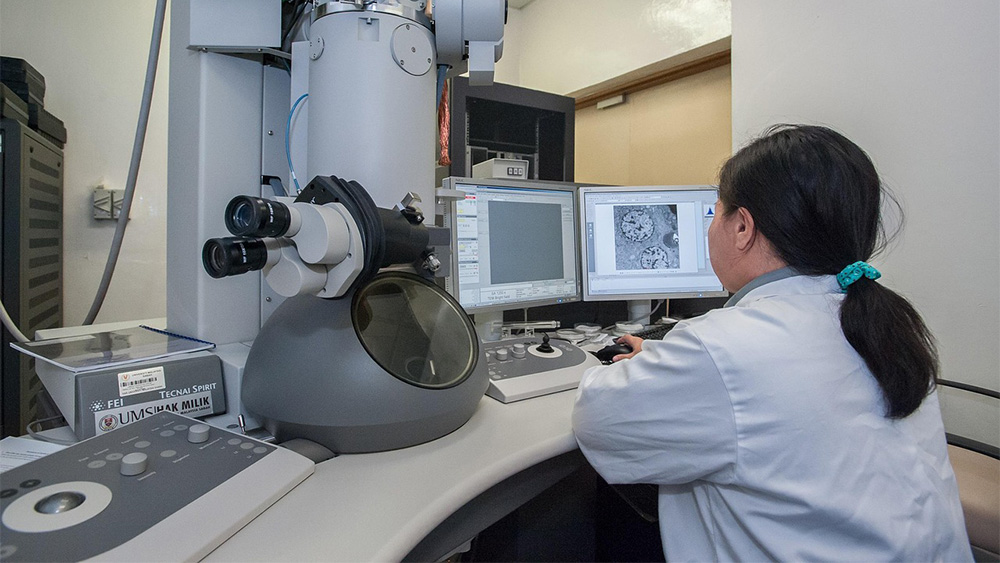Kenneth Rodrigues from Pixabay
Since they came into use in 1938, electron microscopes have played a pivotal role in a host of scientific advances, including the discovery of new proteins and therapeutics as well as contributions made to the electronics revolution. But the field of electron microscopy must incorporate the latest advances in data science and artificial intelligence to realize its full potential in the years ahead, according to a global research team co-led by Mitra Taheri, professor of materials science and engineering at Johns Hopkins University’s Whiting School of Engineering.
|
ADVERTISEMENT |
In a commentary in Nature Materials, Taheri and the team discuss a model for an open, highly integrated, and data-driven microscopy architecture needed to address future challenges in the field such as energy storage, quantum information science, and materials design. They recommend an approach that integrates artificial intelligence and machine learning into each step of the microscopy workflow, enabling experiments and discoveries not possible with today’s microscopy technology alone.
…

Add new comment